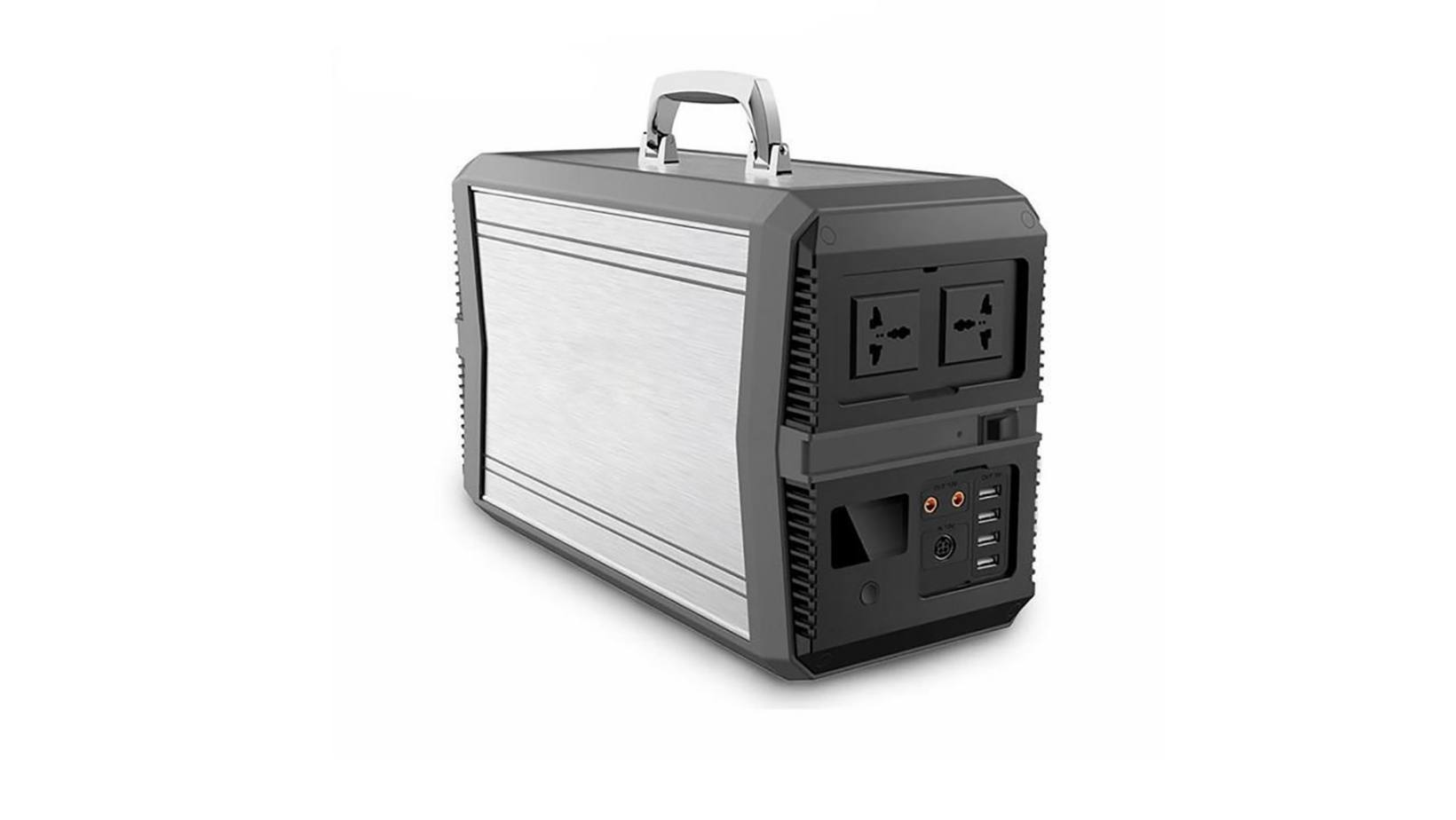A portable power station can help you live a life on the road or be an aid in times of power outages. When most of our professional and household devices run on electric power, you need to have a backup for when power runs out or is unavailable. This backup power can be achieved by using a portable power station.
However, there are numerous options for power stations available in the market today. You need to pick the right one to ensure the best investment. You must consider some important factors before buying one for yourself. If you want to learn about How to choose portable power station, keep reading.
How To Choose Portable Power Station?
Energy Supply or Capacity
The power station’s capacity is one of the most important factors in determining and streamlining your options. It is basically why you purchase a power station – to provide you with energy.
You must know the hours the power station can provide energy and how many devices it can support on the energy limit. The capacity or energy output of a power backup is displayed through the watt-hours. The unit tells you the power output you can expect from the device. Moreover, the usage of the power station in terms of the connected devices should not be more than the available watt-hours.
Recharging Outlets And Input
Outlets for recharging and providing input are essential in choosing the correct power station. Most power stations can recharge by plugging into the AC outlets you usually have throughout your home. They will also be able to plug into the DC outlets inside your car at the front.
For input, the power station can have USB ports 1, 2, and 3. The A port provides power to common electronic devices such as cell phones and tablets. Some power stations may also include the B USB port, which is used for charging bigger devices like laptops. Another port, C, may also be present, which is used for charging the power station through solar energy.
You should know what you need the power station for and ensure the one you choose has the outlet option for providing the right output and taking the correct input.
Supporting Parts
A key factor in determining the right power station is checking the device’s internal parts. The power station is only as good as the parts that run it. A battery is essential as it is what your station will run on.
The battery should be efficient, save energy and cost, and be functional for a long time. Several types of Lithium and other batteries will not be suitable for the power station as they wear off quickly. However, the latest LifePO4 batteries run long and provide more lifecycles. So, this should be a factor of consideration before the purchase.
Conclusion
Buying a power station is an investment, and you must choose the correct one to ensure it is worth it. List all the factors you must have in a power station and tick off all before you dive. Being careful about the features and researching will save you time, money, and effort in picking the right power station.


